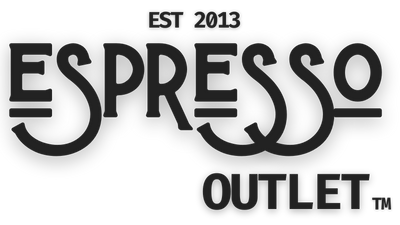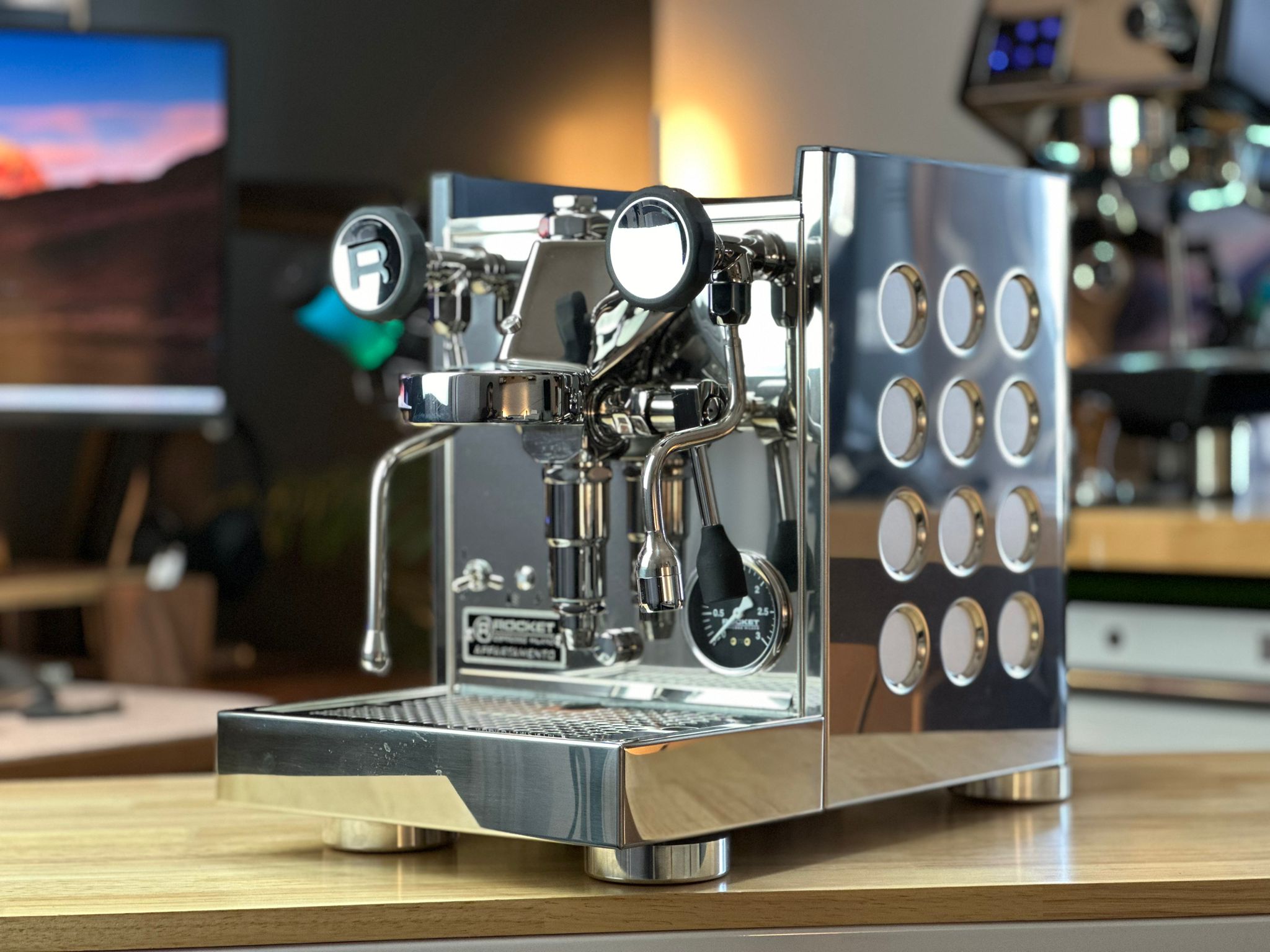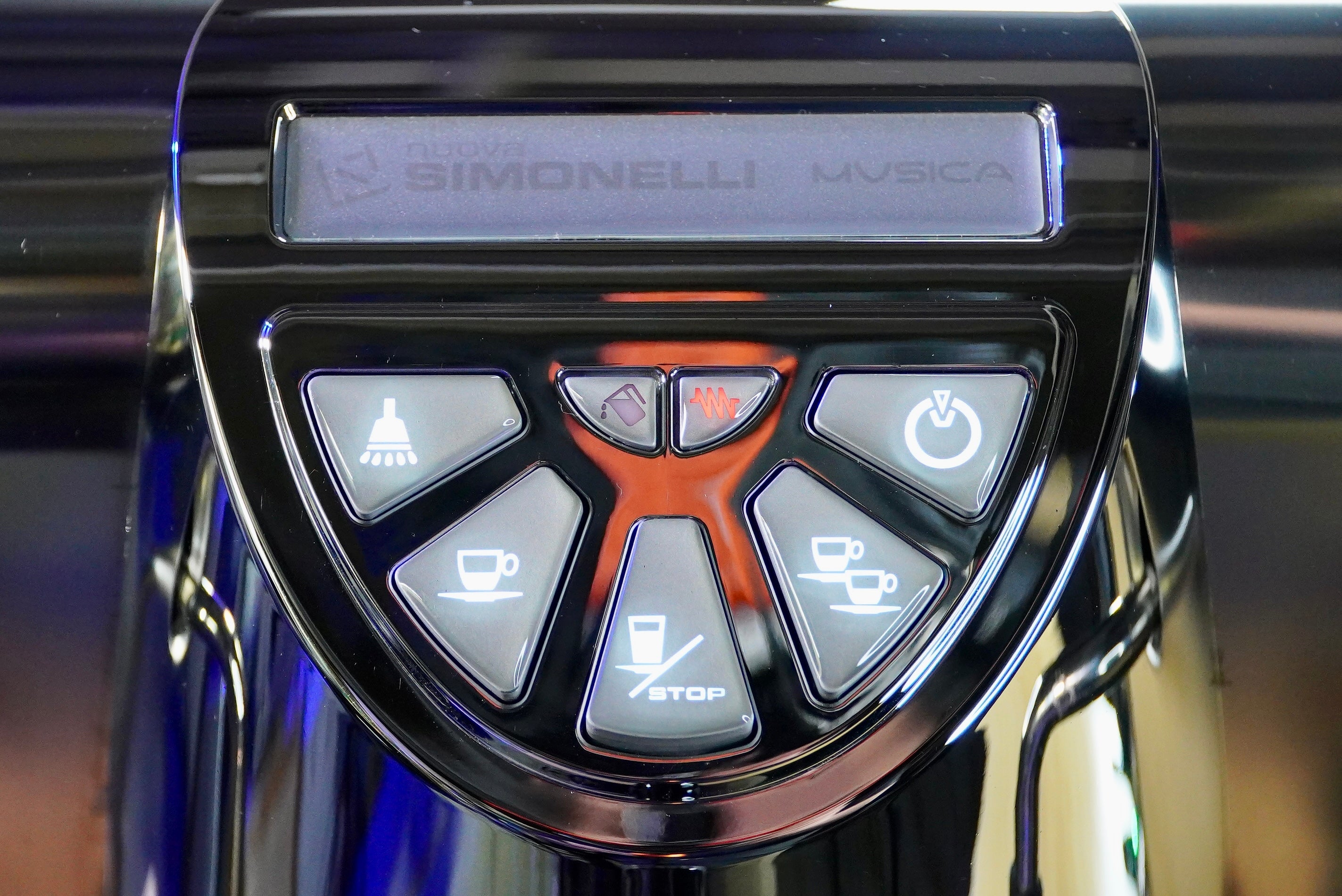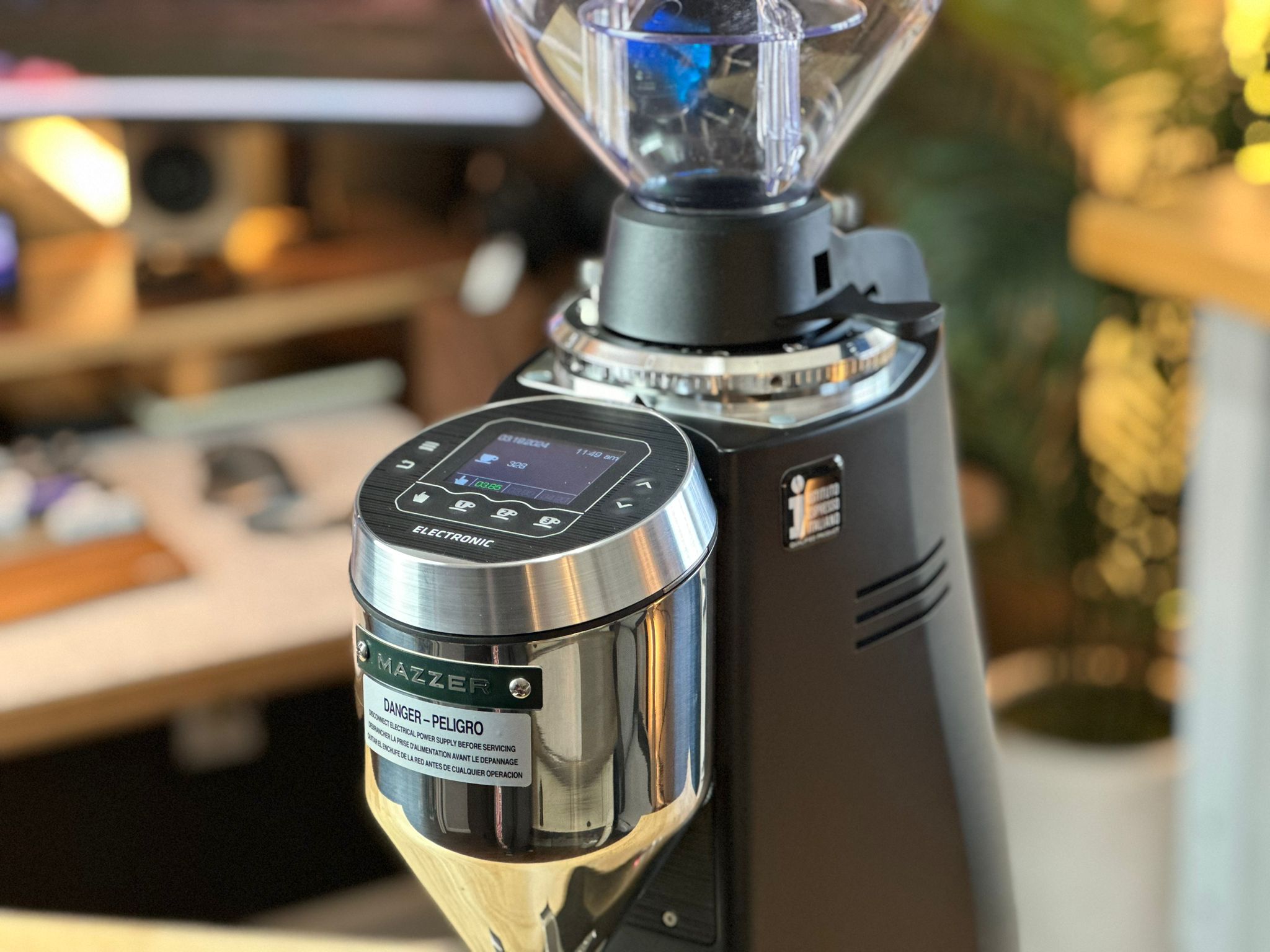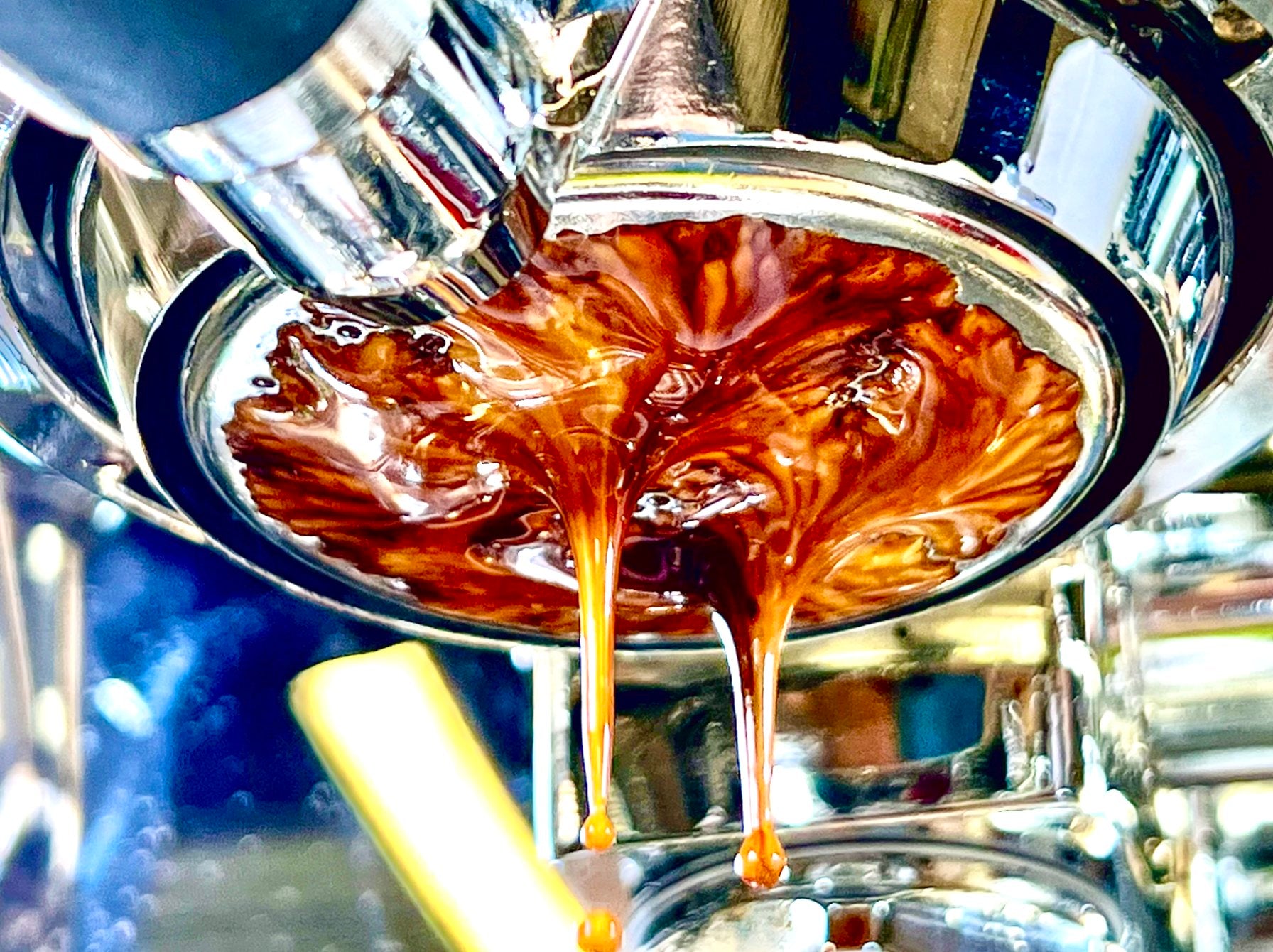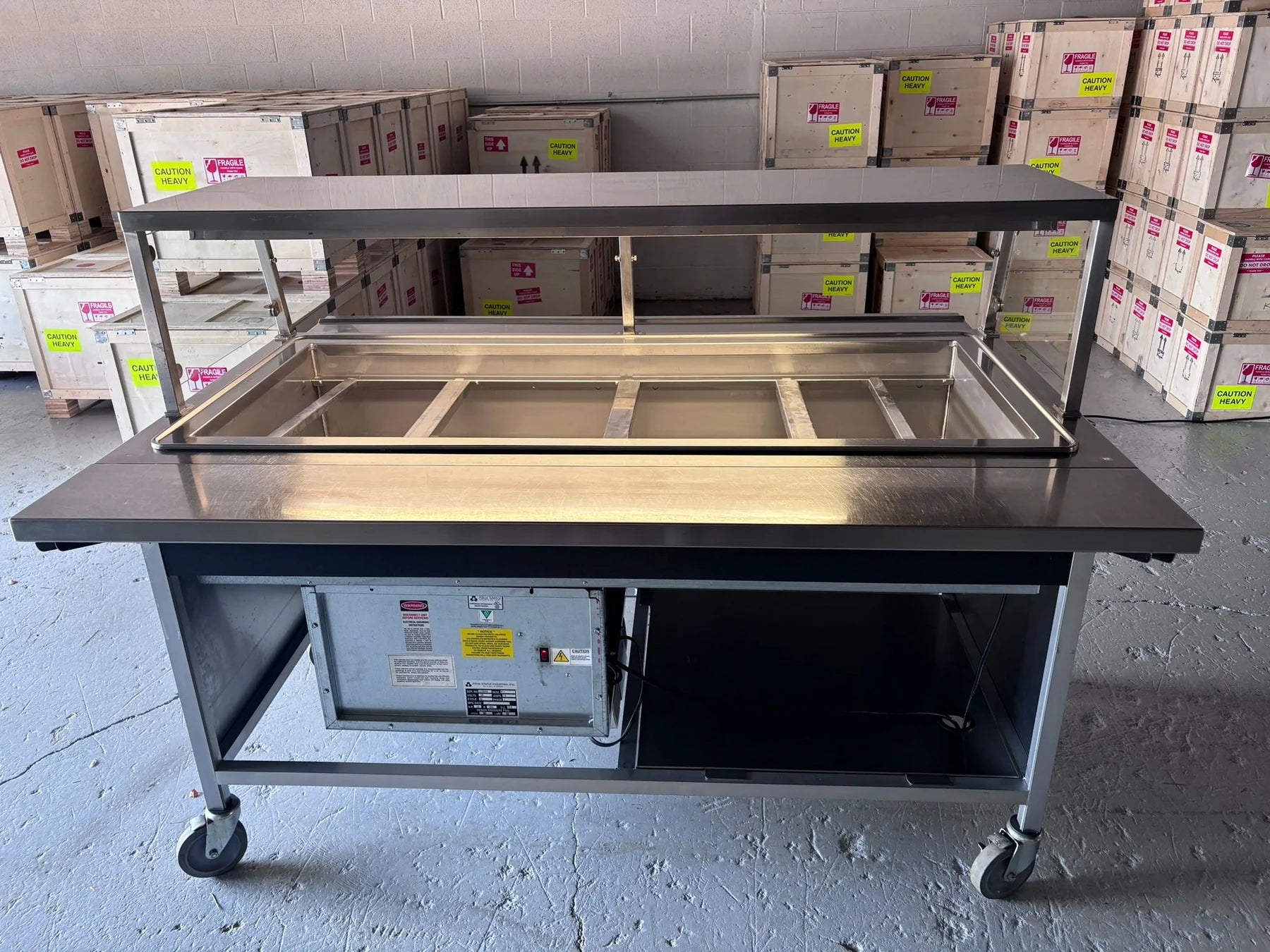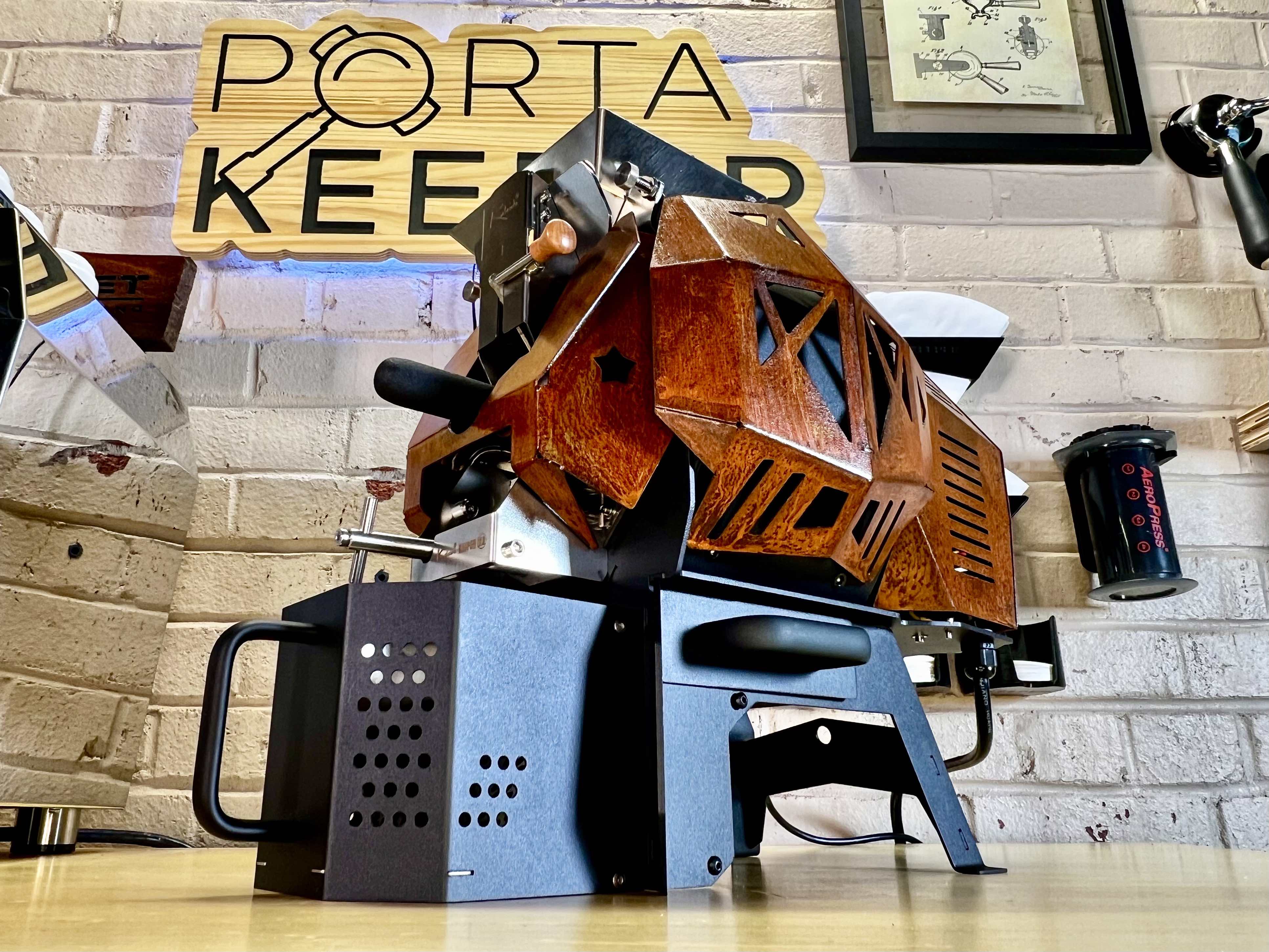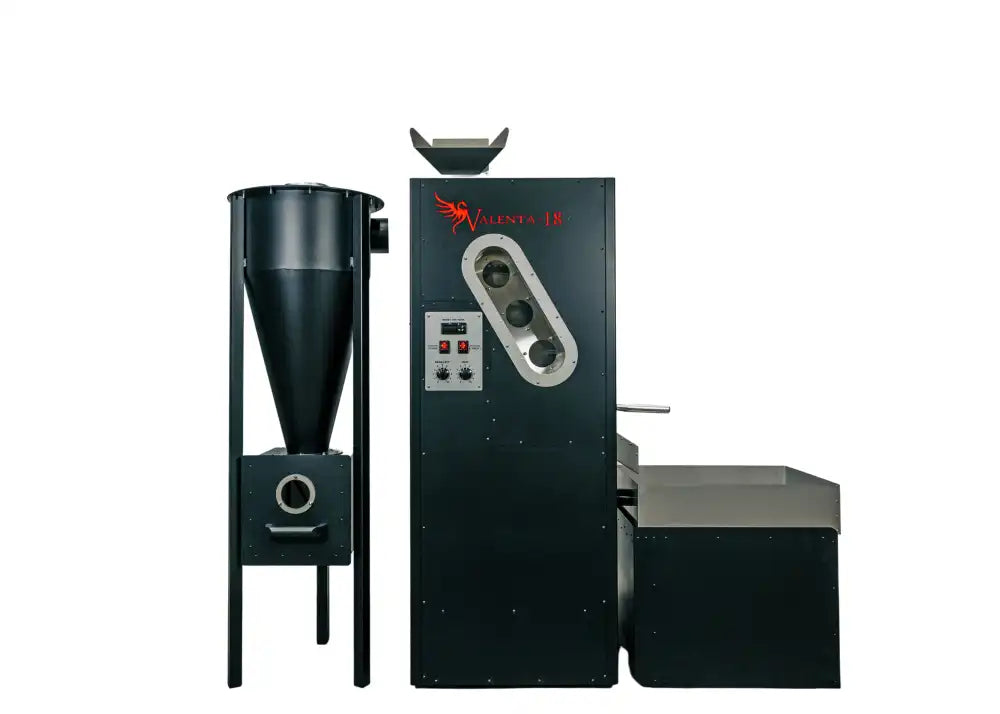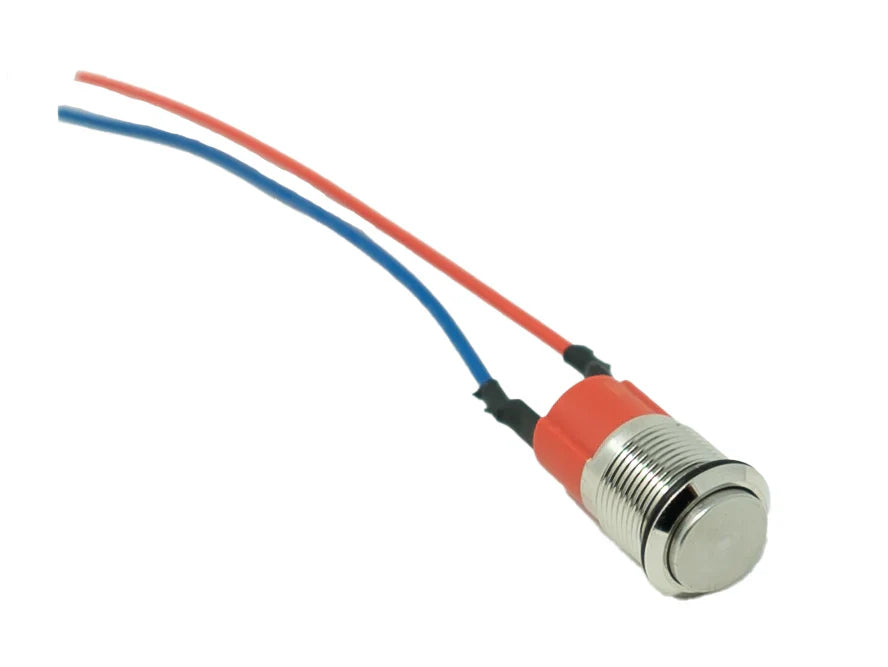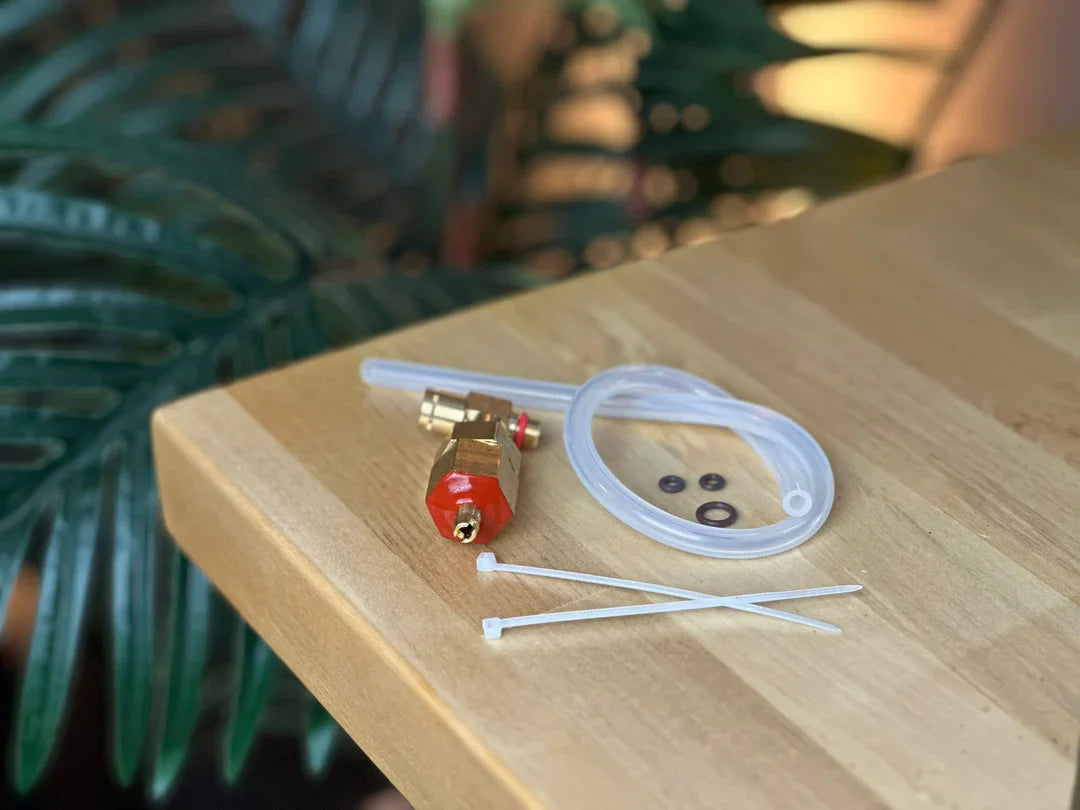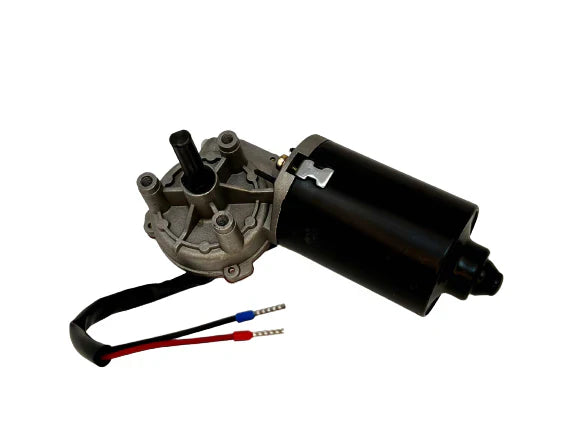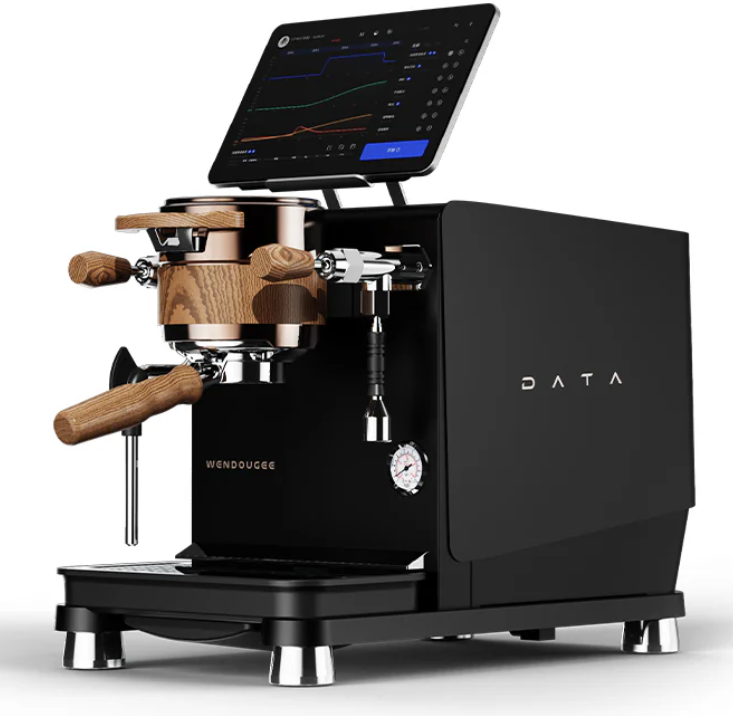Improving Espresso with Paper Filters: A Detailed Guide
In the ever-evolving world of espresso, baristas and home enthusiasts are constantly experimenting with methods to refine and perfect their extractions. One innovative yet simple tool that has been gaining popularity is the use of paper filters in espresso brewing. Adding a paper filter to your portafilter, either on top of or below the coffee puck, can drastically change the flavor profile, texture, and clarity of your espresso shot. This article explores how and why using paper filters can improve your espresso, and offers tips for maximizing their benefits.
The Science Behind Paper Filters in Espresso
Paper filters have long been used in drip coffee to trap coffee grounds and oils that might otherwise end up in the final cup. When applied to espresso brewing, they serve a similar function, but the high pressure of espresso extraction introduces new dynamics.
-
Improved Water Flow: A paper filter can act as a distribution aid, helping to achieve a more even water flow through the coffee puck. This can minimize channeling, a common issue where water finds the path of least resistance, leading to uneven extraction. Uneven extraction can result in over- and under-extracted flavors in the same shot, causing a less balanced and bitter taste.
-
Cleaner, Smoother Shots: By filtering out some of the coffee fines and oils that contribute to excessive bitterness or muddiness in the cup, paper filters can produce a cleaner-tasting shot with better-defined flavors. The oils that cause crema are also filtered out, leading to a potentially lighter crema but more refined flavor(
)( ). -
Reducing Sediment: Espresso often contains micro-fines—tiny coffee particles that escape even a precise grind. These fines can contribute to sediment in the cup, making the espresso taste gritty. A paper filter, particularly one placed at the bottom of the basket, can catch these fines, leading to a smoother texture(
). -
Enhanced Clarity and Sweetness: Without the excess oils and fines, espresso brewed with paper filters tends to taste brighter and more focused, with the natural sweetness of the coffee becoming more pronounced. Some baristas report that fruity or floral notes become more evident, and the body of the espresso is slightly lighter but more refined.
Practical Applications: Top vs. Bottom Filter Placement
There are two common ways to use paper filters in espresso: placing the filter on top of the coffee puck or at the bottom of the basket. Each method has slightly different effects.
-
Top Filter Placement:
- This is the most common method. A paper filter placed on top of the puck helps distribute water more evenly across the coffee bed. It acts as a barrier that prevents water from disturbing the puck too much during the initial stages of extraction.
- Benefits: Helps reduce channeling and ensures a more even extraction across the entire puck. This can be especially useful in single-dose or smaller baskets where channeling is more common( ).
- Drawback: The filter may get wet and fold over slightly, so it's important to place it flat and secure it in place before locking in the portafilter.
-
Bottom Filter Placement:
- Placing a paper filter at the bottom of the basket before adding the coffee is less common but can be highly effective. This setup helps trap fines that pass through the coffee bed during extraction.
- Benefits: Reduces sediment in the cup and provides a cleaner, smoother texture with less grit. It also prevents coffee oils from over-accumulating in the cup.
- Drawback: There’s a risk of the filter getting stuck or bunching up, which can affect water flow if not placed properly.
How to Use Paper Filters in Espresso
Here’s a quick guide to using paper filters in your espresso setup:
-
Choose the Right Paper: You can use standard paper filters cut to fit or purchase pre-cut filters specifically designed for espresso machines. These are available from various coffee supply retailers and often come in sizes compatible with 58mm portafilters (common in many espresso machines).
-
Prep the Filter:
- For top placement, simply cut a paper filter to size and lay it flat on top of the coffee puck. Ensure it’s flat and covers the entire surface of the puck.
- For bottom placement, place the paper filter inside the portafilter basket before adding your ground coffee. Make sure the filter fits snugly and doesn’t fold.
-
Adjust Your Grind: Paper filters can slow down water flow slightly, so you may need to adjust your grind to account for this. A slightly coarser grind may be necessary if you find the flow too slow after adding the filter.
-
Brew as Normal: Lock the portafilter into the group head and pull your shot as you normally would. Pay attention to the shot’s timing and adjust if necessary based on flow rate and taste.
Benefits of Using Paper Filters
- More Balanced Extraction: By promoting even water distribution, paper filters reduce the risk of channeling and under-extraction, leading to a more balanced shot.
- Cleaner Taste: The reduction of coffee oils and fines results in a smoother, cleaner espresso with more clarity.
- Smoother Texture: Without the gritty micro-fines, the espresso feels smoother on the palate.
- Easier Cleanup: Paper filters can also help reduce the amount of coffee buildup in the basket and shower screen, making cleanup easier and helping to maintain your espresso machine.
Potential Drawbacks
- Slightly Less Crema: Because some coffee oils are trapped by the filter, you may notice a slightly thinner crema. However, many find the trade-off worth it for the cleaner cup.
- Potential for Slower Flow: The paper filter can slightly restrict the flow of water, so you may need to adjust your grind size or tamping pressure to avoid slow extractions.
Conclusion: Is It Worth It?
For those looking to refine their espresso brewing and improve consistency, paper filters are a simple yet effective tool. By reducing channeling, improving water flow, and removing excess fines and oils, paper filters can help elevate the quality of your espresso shots. Whether you’re a home barista seeking to improve your daily brew or a professional looking for that extra edge in competitions, experimenting with paper filters can yield significant improvements in flavor clarity, balance, and texture.
The use of paper filters might not be for everyone, as some purists prefer the traditional mouthfeel and crema of unfiltered espresso. However, for those who appreciate a cleaner cup with a focus on clarity, sweetness, and balance, paper filters offer an exciting new avenue to explore in the quest for the perfect espresso.
